India's GDP to grow at 7.1% in FY20, 7.2% In FY 21
By MYBRANDBOOK
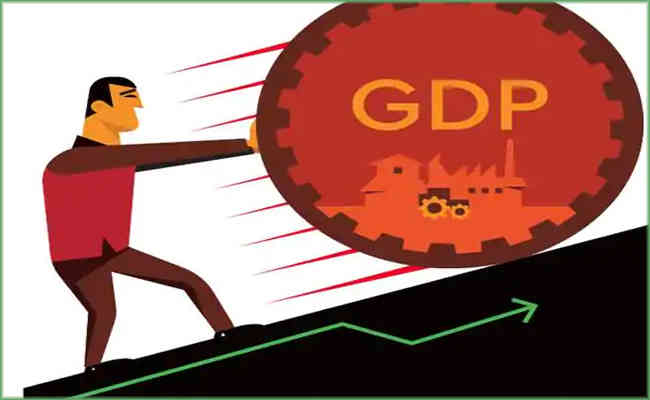
Industry association FICCI expects India's GDP will grow at 7.1% in FY2019-2020 and it will grow further to register 7.2% growth in the next fiscal year. The data was reported in FICCI's latest Economic Outlook Survey.
The minimum and maximum growth estimate stood at 6.8% and 7.3% respectively for 2019-20 in the survey, which was conducted in May 2019 among economists belonging to the industry, banking and financial services sector.
The median growth forecast for agriculture and allied activities has been put at 3.0% for 2019-20. Industry and services sector are expected to grow by 6.9% and 8.0% respectively during the year.
Further, the quarterly median forecasts indicate a GDP growth of 6.5% in the fourth quarter of 2018-19. The official growth numbers for the fourth quarter will be released on May 31, 2019.
The median growth forecast for IIP has been put at 4.4% for 2019-20 by the participating economists, with a minimum and maximum range of 3.3% and 5.5% respectively.
The outlook of participating economists on inflation remained moderate. WPI based inflation rate is projected at 3.1% in 2019-20, with a minimum and maximum range of 2.1% and 4.0% respectively. On the contrary, CPI based inflation has a median forecast of 4.0% for 2019-20, with a minimum and maximum range of 3.5% and 4.1% respectively.
Concerns remain on external front with median current account deficit forecast pegged at 2.1% of GDP for 2019-20. Median export growth is pegged at 4.0% in 2019-20. Imports, on the other hand, are forecasted to grow at 3.8% in the same year.
Participating economists unanimously felt less sanguine about the export sector’s outlook in the current year. Escalation in trade war tensions has clouded the global trade growth outlook. This is having an impact on overall world economic growth as well.
The United States’ withdrawal of GSP benefits to India which are likely to come into effect from June 2019 have added to India’s concerns on the export front. Nonetheless, the duty benefits that arose out of this are USD 190 million, implying a minimal impact on India’s export sector.
Economists felt that greater efforts will be needed in the current global environment to keep up with the current growth momentum. Economists were also of the view that while greater trade protectionism can harm India’s export growth, it also creates opportunities from re-localization of trade flows. It was recommended that India must be proactive to spot and cease such opportunities to enhance its exports.
India must focus on diversifying its export basket as well as markets to capture a greater share in world exports. Venturing into new markets in South East Asia, Central Asia, Central America and African subcontinent can help in dealing with the protectionist stance amongst advanced countries.
In addition, India must relentlessly focus on improving its competitiveness especially in labour intensive sectors.
Other measures such as ensuring adequate availability of affordable credit, timely refund of GST, providing incentives like interest subsidy to merchant exporters and provision of budgetary support for marketing and exports related infrastructure are some of the important steps that the government must consider.
Majority of the participating economists believed that the United States’ decision to end waiver granted to countries amidst sanctions imposed on Iran is significant and will affect major oil importing countries including India. This becomes a major concern at a time when international prices of crude oil have been on the rise due to other factors such as supply constraints being undertaken by OPEC countries.
To bridge the supply gap arising out of the discontinuation of waiver on Iran sanctions, India has been in talks with oil producers in other geographies including countries in the Middle East, Mexico and United Sates itself. Economists were of the view that such efforts to increase supply will neutralise any disruptions/ risks arising out of sanctions on Iran.
Respondents universally agreed that better policy engagements with other oil suppliers can lead to undisrupted supplies of oil.
Alongside, measures to curtail crude oil imports such as greater mix of ethanol in fuel and shifting to more renewable sources of energy will also help India reduce its oil imports, thus easing some pressure off the current account.
However, participants unanimously felt that crude oil prices remain volatile and will continue to pose a risk to India’s macroeconomic stability. Also, greater efforts on the policy front to further improve ease of doing business are required to create a conducive environment for investments. Higher foreign direct as well as institutional investments will play a big role in easing the pressure on balance of payments and can be used to fund the deficits arising out of higher oil prices.
The respondents were also asked to share their opinion on some major areas that require new government’s immediate attention to restore India’s growth momentum. Respondents highlighted the distress in agrarian and rural economy as major concern areas. They were undivided on the need for checking the ongoing distress in the sectors through a more structured reform approach that relies on solid policy measures (covering production, warehousing, infrastructural needs, irrigation etc.) rather than the use of quick fix measures (like rolling out doles and farm loan waivers).
Other major reasons cited for the slowdown were lack of consumption demand and subdued private investments. Majority of participants felt the need for a quick redressal of liquidity crunch and related persistent credit issues (such as high cost of credit, slowing household savings rate etc.) that are inhibiting growth of private investments. Furthermore, it was felt that quicker recapitalization of public sector banks is the need of hour.
Economist mentioned that lack of jobs in the economy has been a major concern for the aspirational youth of the country. The government must, therefore, take all necessary steps to improve the situation on the jobs front and assist in creation of livelihood opportunities.


Nazara and ONDC set to transform in-game monetization with ‘
Nazara Technologies has teamed up with the Open Network for Digital Comme...

Jio Platforms and NICSI to offer cloud services to government
In a collaborative initiative, the National Informatics Centre Services In...

BSNL awards ₹5,000 Cr Project to RVNL-Led Consortium
A syndicate led by Rail Vikas Nigam Limited (abbreviated as RVNL), along wi...

Pinterest tracks users without consent, alleges complaint
A recent complaint alleges that Pinterest, the popular image-sharing platf...


Icons Of India : ASHISH KUMAR CHAUHAN
Ashish kumar Chauhan, an Indian business executive and administrator, ...
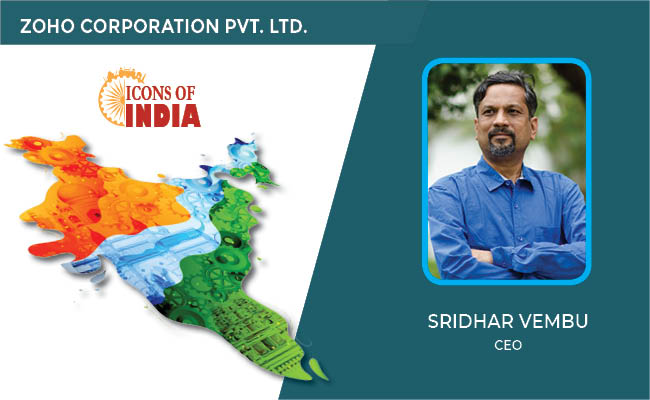
ICONS OF INDIA : SRIDHAR VEMBU
Sridhar Vembu is the chief executive officer (CEO) of Zoho Corporation...
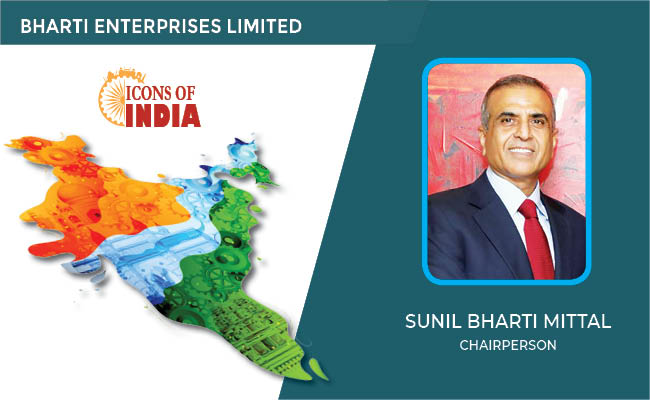
ICONS OF INDIA : SUNIL BHARTI MITTAL
Sunil Bharti Mittal is the Founder and Chairman of Bharti Enterprises,...

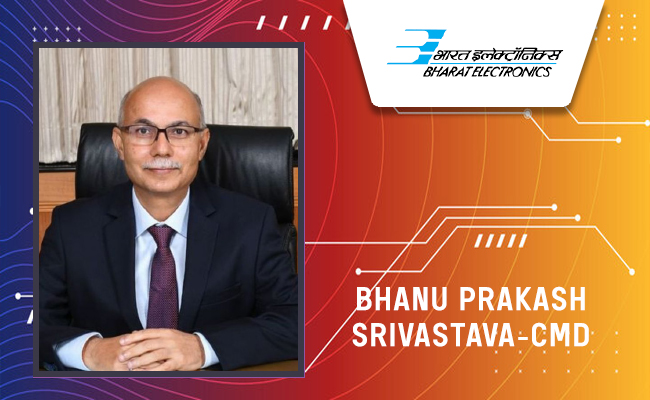
BEL - Bharat Electronics Limited
BEL is an Indian Government-owned aerospace and defence electronics co...
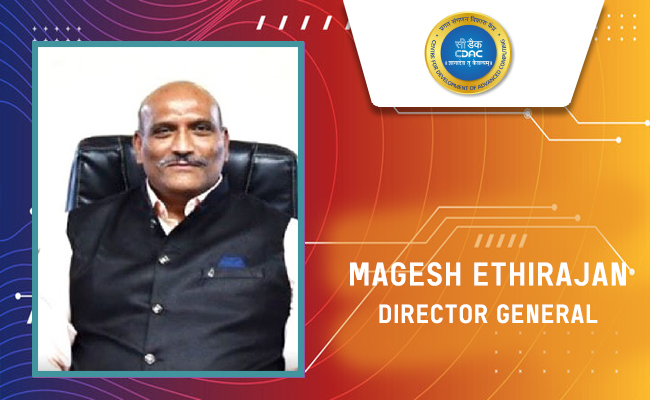
C-DAC - Centre for Development of Advanced Computing
C-DAC is uniquely positioned in the field of advanced computing...
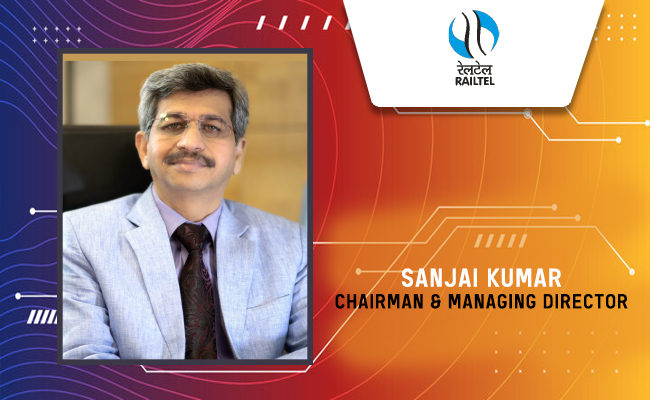
RailTel Corporation of India Limited
RailTel is a leading telecommunications infrastructure provider in Ind...


Indian Tech Talent Excelling The Tech World - Thomas Kurian, CEO- Google Cloud
Thomas Kurian, the CEO of Google Cloud, has been instrumental in expan...

Indian Tech Talent Excelling The Tech World - ANJALI SUD, CEO – Tubi
Anjali Sud, the former CEO of Vimeo, now leads Tubi, Fox Corporation�...
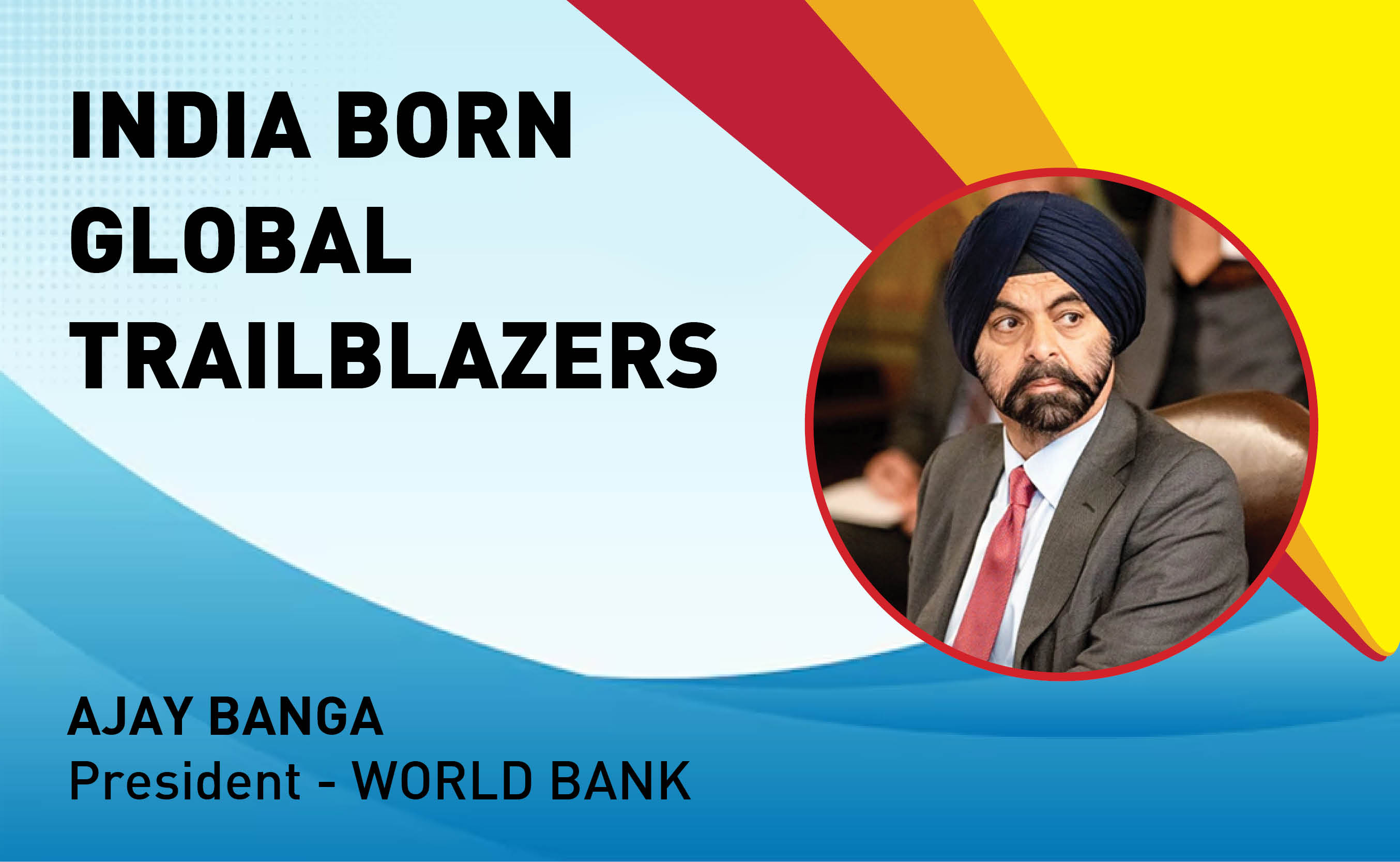
Indian Tech Talent Excelling The Tech World - AJAY BANGA, President - World Bank
Ajay Banga is an Indian-born American business executive who currently...